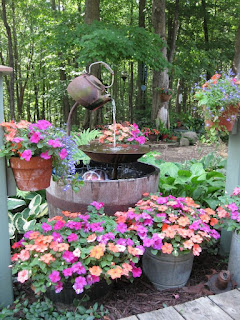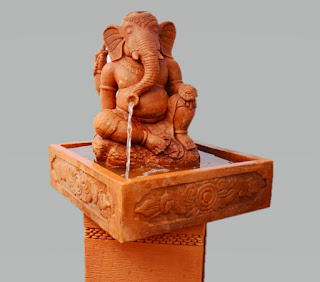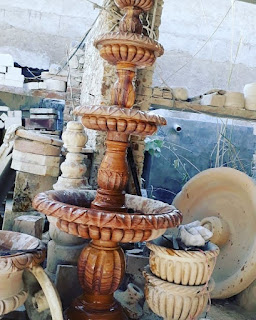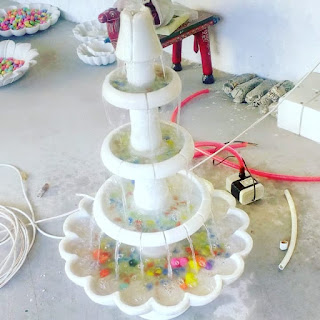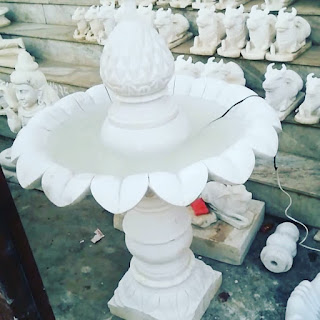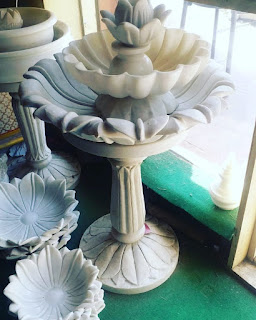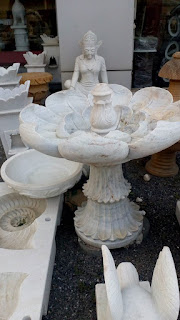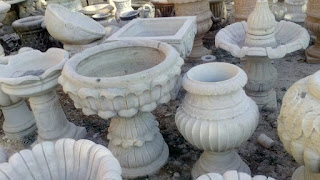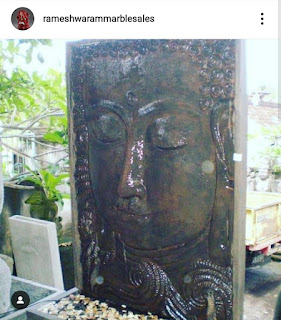Outdoor Fountain Things

Top design tips for mirrors
August 12, 2021
Wall Clocks Adding to The Significance of Vastu
August 17, 2021Outdoor Fountain Things
- 5 Things You Should Know About Outdoor Fountains
- a good focal point for outdoor decor
- a good noise barrier
- a tranquil environment
- Different Finishes
- External lights
- fountain
- Lighting Options
- Location
- moisture that enriches your garden
- Outdoor Water Fountain
- promote good health
- Solar lights
- Source of Power
- Source of Water
- Submersible lights
- Water fountain
A garden fountain can add charm and beauty to your home but it’s important to set it up properly. Here’s why you should always consult a electrician before setting up an outdoor fountain in your home.
Traditionally, water fountains were considered to be art for the elite as they were placed in front of luxurious hotels and mansions. Today, they come in every size, shape, and material imaginable so everyone can enjoy the many benefits they offer.
These benefits include:
a tranquil environment
promote good health
a good noise barrier
moisture that enriches your garden
a good focal point for outdoor decor
Whatever you require, we get the job done quickly and efficiently to give you the safe and beautiful home you deserve.
5 Things You Should Know About Outdoor Fountains
An outdoor fountain can turn a drab and dull outdoor living space into an inviting and relaxing area but choosing the right one for your landscaping decor is a combination of personal preference and practicality.
Here are 5 things you should know about outdoor fountains to help you decide on which is the best option for you:
1. Source of Power
When selecting the type of outdoor fountain you want, it’s important to consider the source of power. These fountains have a variety of power options but the two most common are hardwired and solar powered.
Hardwired: A hardwired fountain draws on an electric power source to function. In most areas, only a licensed electrician can install a hardwired outdoor fountain since it’s considered an addition to your home’s electrical grid.
Solar-Powered: Solar powered outdoor fountains are popular because they don’t require hardwiring to your home’s electrical supply. The solar panels on these fountains provide enough power for the pump to function in normal conditions.
2. Source of Water
Most outdoor fountains are connected to a home’s water supply and they’ll have a continuous supply of water so long as the home supply is turned on. However, there are some fountains that can be filled using a water hose without the need for a permanent connection.
How does a fountain without a permanent connection work? Generally, fountains that are filled with a hose use a pump that re-circulates water through the fountain on a continuous basis. These must be checked periodically to ensure they have enough water.
3. Different Finishes
The finish of the fountain makes a big difference in the way the product looks and the care it needs. Here are some things you may want to consider when deciding on your finish:
Concrete and stone fountains usually don’t require as much care as other materials.
Stone fountains look more natural and might blend better into the surroundings.
Bronze and copper fountains provide a nice contrast to natural outdoor settings but may require more care than other finishes.
Ultimately, the finish of an outdoor fountain is primarily an aesthetic consideration that requires you to take your surrounding area and landscape decor into account.
4. Lighting Options
You want your fountain to be seen and enjoyed so if you plan on spending time in your garden when it’s dark outside, there are a host of lighting options that can help you place a focus on this piece.
Talk to your electrician about outdoor fountain lighting options that include:
Submersible lights: These go directly into the water. If your fountain is large enough, submersible lights offer a dramatic effect. They may be colourful or white and provide a soft effect not only on the water but also the surrounding landscape.
External lights: These are lights that can be installed around the perimeter of the fountain and include spotlights, path lights, or even hanging lights.
Solar lights: Solar lights are exceptionally easy to install and require no electrical outlet. This is perfect for areas where a power source is not readily available.
5. Location
Where you place your fountain is one of the most important decisions you’ll have to make. Some of the things you may want to take into consideration include:
Larger fountains shouldn’t be placed against anything because you’ll need full access to the entire fountain.
Smaller fountains shouldn’t be placed in areas with lots of greenery or where other objects might block them.
If a fountain requires a constant water supply or a hardwired energy source, you must take into consideration the location of water lines and electrical connections.


